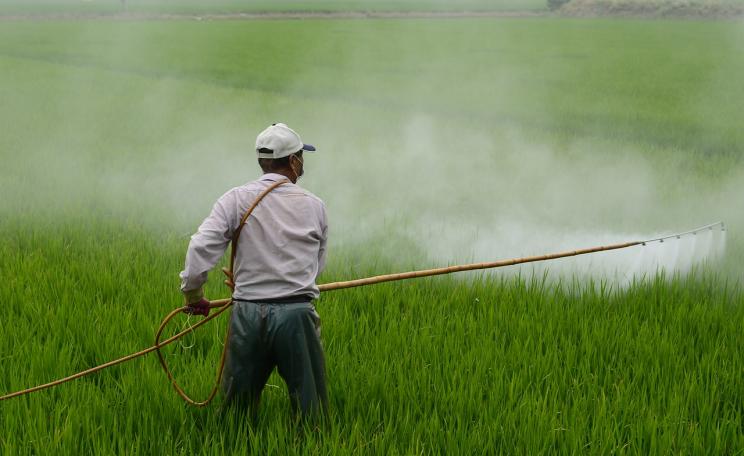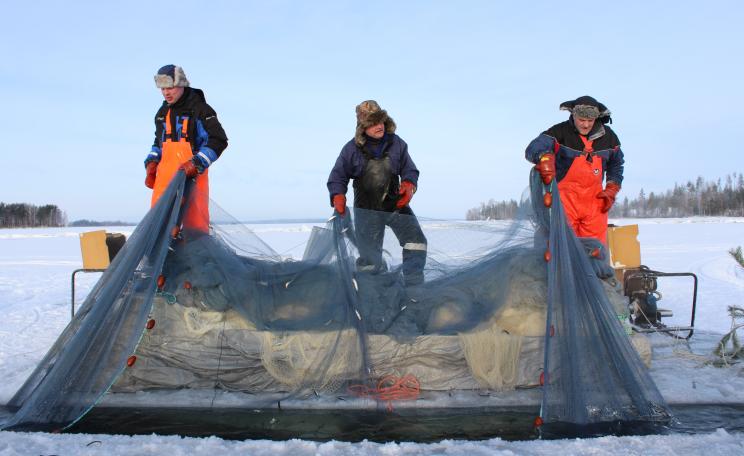The Arctic Ocean may become ice-free much sooner than we had anticipated
For some time scientists have been aware that the Arctic's rate of warming in recent decades has been more rapid than the planet as a whole, but believed that this resulted from 'natural forces' in addition to greenhouse gases.
However, a new study which examined temperatures in Canada's eastern Arctic suggests that greenhouse gases alone are causing the current period's unusual warming. This now equals, or even exceeds, the Holocene Thermal Maximum - a natural warm era of between 5,000 to 10,000 years ago.
Baffin Island is one region where receding ice caps have recently exposed some mosses which radio-carbon dating indicates as at least 40,000 years old. This is significant because it means that the ice caps entombing the vegetation hadn't melted for at least that long, and thus were in situ even during the peak warmth of the Holocene Thermal Maximum - less warm than today, although the region was then receiving about 9% more solar radiation owing to natural variations in the Earth's orbit.
Thus the fact that some ice caps didn't melt despite the great warmth of that time has led to the revised conclusion pointing to greenhouse gases as the current cause of unusual Arctic warming. "This study really says the warming we are seeing is outside any kind of known natural variability, and it has to be due to increased greenhouse gases in the atmosphere", said Miller, a fellow at CU-Boulder's Institute of Arctic and Alpine Research.
From the data they gathered, including analyses of snow lines, the scientists also inferred that climatologists may be underestimating the amount of warming. One implication of this is that the Arctic Ocean may become ice free much sooner than the less pessimistic forecast of 2100 made by many climate models.



